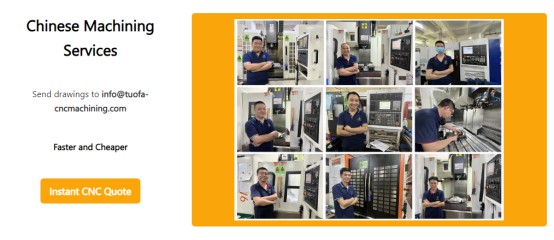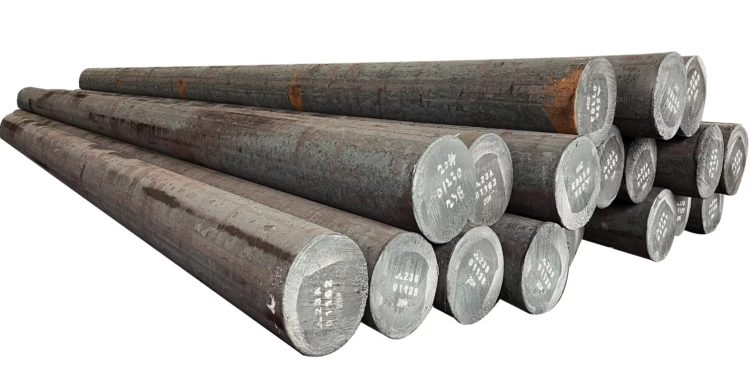High carbon steel, known for its hardness and durability, is utilized in a myriad of applications across various industries. This article seeks to elucidate the common uses of high carbon steel by delving into its properties, comparing it to other steel types, and exploring its applications in different sectors. If galvanized steel also has its unique properties, would you choose it? Browse: galvanized steel vs stainless Steel: what is the difference between.
Definition and Overview
Composition of High Carbon Steel
High carbon steel typically contains 0.6-1.4% carbon, with the balance predominantly consisting of iron. Additionally, it may include trace amounts of manganese, silicon, and copper. The higher carbon content provides distinct advantages, particularly in terms of hardness and wear resistance.
Properties of High Carbon Steel
When we understand the performance of High Carbon Steel, we usually approach post-processing services. Tuofa surface treatment expert, wrote this article for you: Anodized Stainless Steel: The Definitive Guide
Physical Properties
- Hardness: The elevated carbon content results in high hardness levels, measured by the Rockwell hardness scale.
- Density: It retains the typical density of steel, approximately 7.85 g/cm³.
- Melting Point: The melting point ranges from 1,425°C to 1,540°C, slightly lower than that of lower carbon steels.
- Ductility and Malleability: While high carbon steel is hard, it is comparatively less ductile and malleable, which can be a limiting factor in some applications.
Chemical Properties
- Corrosion Resistance: It generally has lower corrosion resistance compared to stainless steel, necessitating surface treatments or coatings in corrosive environments.
- Carbon Content: The high carbon content significantly enhances its hardness and tensile strength.
| Property | High Carbon Steel |
| Carbon Content | 0.6-1.4% |
| Density | ~7.85 g/cm³ |
| Melting Point | 1,425°C – 1,540°C |
| Hardness | High |
| Ductility | Low |
| Corrosion Resistance | Low |
Comparison with Other Types of Steel
When engineers choose materials, they will compare stainless steel with brass because there are many types of stainless steel, such as: brass vs stainless steel: a comparative guide.
Low Carbon Steel vs. High Carbon Steel
Low carbon steel contains less than 0.3% carbon. Compared to high carbon steel, it is more ductile and weldable but lacks the same level of hardness and strength. High carbon steel’s augmented properties such as high tensile strength and hardness make it ideal for high-wear applications, whereas low carbon steel is preferred for structural applications due to its ease of shaping and welding.
Advantages of High Carbon Steel
- Exceptional Hardness and Strength: Ideal for tools and machines subjected to constant wear and tear.
- Long-Lasting Sharpness: Prolongs the usability of cutting tools, reducing the frequency of replacements.
- Cost-Effective for Specific Applications: Despite being more expensive to work with, its longevity can translate to cost savings over time.
High Carbon Steel in Tool Manufacturing
Hand Tools
Hammers and Chisels
Utilizing high carbon steel for hammers and chisels helps withstand sudden impacts and provides long-lasting sharpness for precise chiseling tasks.
Wrenches and Screwdrivers
The wear resistance of high carbon steel means wrenches and screwdrivers retain their drive shape over prolonged periods of use, making them reliable for mechanical work.
Power Tools
Drill Bits
Drill bits made of high carbon steel can endure high-speed rotations and heavy-duty drilling, especially in tougher materials.
Cutting Blades
The sharpness of cutting blades crafted from high carbon steel remains longer, enhancing efficiency and performance in power tools used for cutting and shaping materials.
Automotive Industry Applications
Engine Components
Components such as crankshafts and camshafts are subjected to constant stress and require the robustness that high carbon steel provides.
Connecting Rods
Connecting rods made of high carbon steel endure the high cycles of compressive and tensile stresses within the engine, ensuring resilience and reliability.
Transmission Parts
Gears and other moving parts in transmissions benefit from the hardness and wear resistance, providing smoother and reliable transmission functioning.
High Carbon Steel in Construction and Infrastructure
Structural Beams
High carbon steel beams provide the necessary strength to support large structures, ensuring safety and durability of construction projects.
Reinforcement Bars (Rebars)
Utilized within concrete to enhance its tensile strength, high carbon steel rebars are ideal due to their firmness and bondage with concrete.
Bridges and Girders
In bridges and large girders, the high tensile strength and durability of high carbon steel allow for longer spans and greater load-bearing capacity.
Use in Cutting Tools and Kitchenware
Knives
Chefs favor high carbon steel knives for their exceptional sharpness and edge retention, ensuring precise cuts.
Scissors
High performance and longevity in cutting are hallmarks of high carbon steel scissors, crucial for both everyday and industrial uses.
Cutting Boards
The durability and hardness of high carbon steel make it suitable for industrial cutting boards.
High Carbon Steel in Electrical and Electronic Equipment
Electrical Switches
Reliability and endurance are provided by high carbon steel in the fabrication of electrical switches, ensuring long-term performance.
Connectors and Terminals
Connectors and terminals crafted from high carbon steel maintain their shape and conductivity under continuous electrical loads.
Applications in Aerospace Industry

Aircraft Structural Components
Structural components of aircrafts benefit from the high strength-to-weight ratio provided by high carbon steel.
Landing Gear
The impact resistance and strength of high carbon steel are critical for the functionality of landing gears.
Engine Parts
High carbon steel is utilized in the fabrication of parts that endure high temperatures and stresses within aircraft engines.
Medical Equipment
Surgical Instruments
Precise and durable surgical instruments, like scalpels and forceps, are often made from high carbon steel for their edge retention and sterilization compatibility.
Dental Tools
High carbon steel dental tools provide the necessary precision and sharpness required for dental procedures.
Sports Equipment
Golf Clubs
Golf clubs crafted from high carbon steel offer durability and performance, satisfying the demands of the sport.
Bicycle Frames
The strength and light weight of high carbon steel make it ideal for manufacturing bicycle frames, enhancing durability and rider experience.
Summarize
High carbon steel is a versatile material used across various industries due to its unique properties. From making precise tools to constructing robust structures, it continues to play an essential role in modern engineering and manufacturing. For businesses seeking reliable and efficient CNC machining services, Tuofa CNC Machining China offers bespoke solutions to meet those precise needs. Visit our website, www.tuofa-cncmachining.com, for more information on our high carbon steel machining capabilities and other services.











































































